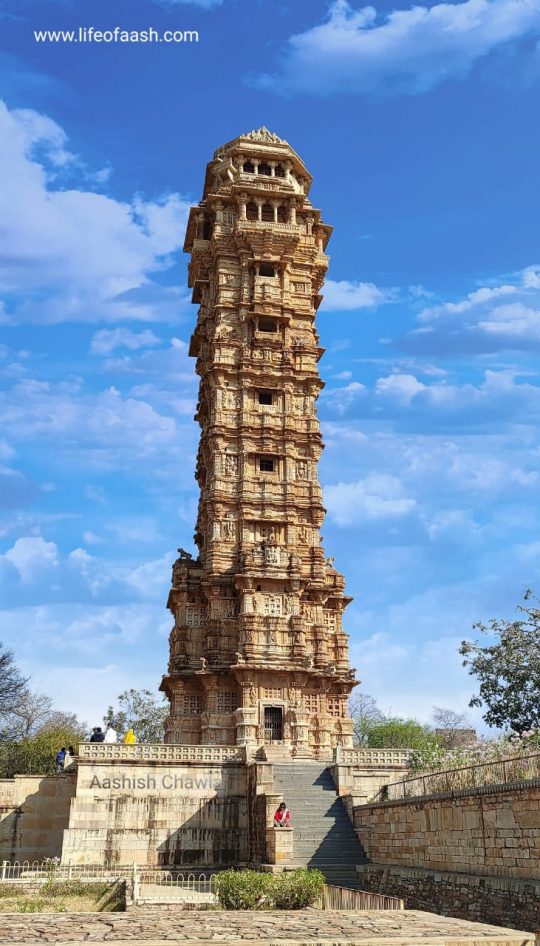Chittorgarh Fort, probably the most magnificent and traditionally significant forts throughout India, stands like a testament to Rajput valor, resilience, and even rich cultural history. Nestled in the state of Rajasthan, this grand fortification has witnessed hundreds of years of heroic challenges, tragic sacrifices, in addition to the undying soul of its individuals. Since the largest fort in India, addressing the of seven hundred acres, Chittorgarh Fortification continue to be inspire site visitors with its architectural brilliance and historical value.
Origins and Early Historical past
The origins of Chittorgarh Fortification could be traced back again to the 7th century because it was recognized by Maurya rulers. The fort is believed to have been built by Chitrangada Mori, a local Rajput ruler. Even so, it rose to prominence under typically the reign of the Mewar dynasty, who built it their capital. The fort became a stronghold associated with Rajput pride in addition to played a critical role in nutrition the history involving Rajasthan.
The About three Sieges of Chittorgarh
Chittorgarh Fort has been a web-site of intense struggles and sieges, every single leaving an marked mark on it is legacy.
The Siege by Alauddin Khilji (1303)
The very first and most famous siege occurred inside 1303 when Alauddin Khilji, the Sultan of Delhi, set his sights about Chittorgarh. His need to capture the particular fort was motivated by tales regarding the unparalleled great Rani Padmini, typically the queen of Chittorgarh. After months involving battle, the Rajputs, led by Full Rawal Ratan Singh, suffered defeat. In order to avoid capture, Rani Padmini and the noble women committed Jauhar—a mass self-immolation—an act which includes since become emblematic of Rajput bravery and compromise.
The Siege by Bahadur Shah (1535)
The second siege got place in 1535 when Bahadur Shah, the Sultan involving Gujarat, attacked the fort. Rani Karnavati, the widow of Rana Sanga, led pre lit the resistance but was unable to withstand the mind-boggling forces. Once again, Jauhar was carried out, and thousands of females chose death more than dishonor, further cementing the fort’s famous status.
The Siege by Akbar (1568)
The final and the most devastating siege occurred in 1568 when the particular Mughal emperor Akbar laid siege to Chittorgarh. The Rajputs, led by Maharana Udai Singh II, fought valiantly although were ultimately overpowered. The Mughals massacred 1000s of defenders, showing the end of Chittorgarh being a Rajput funds. Following this defeat, the Mewar rulers altered their capital to be able to Udaipur, though the particular fort remained a symbol of their own indomitable spirit.
Executive Brilliance and Crucial Sights
Chittorgarh Fortification is a treasure trove of Rajput buildings, featuring grand palaces, temples, and systems that showcase the historic and cultural richness. Some of the most dominant structures within typically the fort include:
Vijay Stambh (Tower of Victory)
Built by Rana Kumbha within 1448 to commemorate his victory above Mahmud Khilji, the particular Vijay Stambh is definitely an architectural wonder standing 37 metres tall. The tower system is intricately adorned with carvings involving Hindu deities and stories from typically the epics, making that a symbol regarding triumph and faith based devotion.
Kirti Stambh (Tower of Fame)
Kirti Stambh, devoted to Jain Tirthankara Adinath, predates Vijay Stambh and it is the important Jain batiment within the ft. It stands in 22 meters in addition to is covered with detailed carvings of which highlight Jain beliefs and teachings.
Rana Kumbha Building
One of the the majority of significant structures in the fort, the particular Rana Kumbha Structure, served as typically the residence of various Rajput rulers. It is believed that will Maharana Udai Singh II was created here. important source has become in ruins but still supports an aura of its former grandeur.
Padmini’s Palace
A spot of great historical and even legendary significance, Padmini’s Palace is exactly where Alauddin Khilji is usually said to experience caught a peek of Rani Padmini’s reflection in a new mirror before releasing his attack. Typically the palace, set alongside a lotus swimming pool, remains an important destination for visitors fascinated by this sad tale.
Meera Forehead
Chittorgarh Fort can also be home to the Meera Temple, devoted to the mystic poet-saint Meerabai, some sort of devotee of God Krishna. The temple stands being a mark of divine enjoy and devotion, pulling pilgrims from almost all over India.
The Legacy of Chittorgarh Fort
Despite facing numerous invasions and destruction, Chittorgarh Fortification continues to have tall as a beacon of Rajput pride and recognition. Its history will be deeply intertwined using the ideals involving sacrifice, patriotism, and valor, making this among India’s many revered heritage internet sites.
UNESCO World Heritage Site
In 2013, Chittorgarh Fort had been designated as a great UNESCO World History Site within the Slope Forts of Rajasthan. This recognition additional solidified the status quo while a global ethnic and historical prize.
Tourism and Ethnical Impact
Today, Chittorgarh Fort attracts thousands of tourists, historians, and even culture enthusiasts by around the globe. The annual Jauhar Mela commemorates typically the bravery of Rajput women, while the fort’s well-preserved ruins provide a glimpse into its glorious past. It is association with people tales, literature, and Bollywood films makes its legacy still living in popular tradition.
Conclusion
Chittorgarh Fortification is more as compared to just a traditional monument; it will be a living legs to the durability and bravery in the Rajputs. Its tales of heroism, sacrifice, and architectural elegance continue to inspire generations. Whether a person visit for it is historical significance, architectural grandeur, or popular stories, Chittorgarh Fortification stands as a timeless marvel, embodying the soul of Rajasthan’s rich heritage
Shopping Cart
